Writing tips, part One-Getting Started.
No matter where you look, you will always find people willing to talk their trade. To pass along the expertise, wisdom, and insights from their personal journeys. Writers may be in the forefront of this trend, as so many writers and novelists started writing on a smaller scale, such as blogging, columns, or short stories. This three part blog-series is no different, as I will attempt to provide some useful insights into how to best prepare yourself for writing your first full, completed, successful manuscript. Without further prologue, I give you, part One, or as I call it, getting started.
“Here’s a tip. While starting to craft your idea, invest in a notebook or journal. Write down as many pertinent facts as you can about your idea or concept. As you begin to write, continue to add important details. This way, you have a reference guide, and save yourself the trouble of having to scour through potentially hundreds of pages of manuscript to maintain continuity.”
“Craft the “seed” of your story, plant it, and watch it grow!”
In the beginning you need to have an idea, a concept, scene, conflict, or a character that you wish to start building your story around. For lack of a better term, i will call this your seed. In order for this concept to be adequate for your story, you need to flesh it out a little. Dedicate a small amount of time to write down particulars. If it is a character, give them a name, a face, the world they live in, and something that makes them unique, or otherwise stand out. If it is a scene, write it down. Use vague terms and description, but give yourself a basic idea of what is happening, and more importantly, why. If your seed is even less specific than a character, or a scene, then try to write down a number of items that makes your world unique, and worth writing/reading about. Is it fantasy, science fiction, historical, or steam punk? What sets you land apart from all of the other lands of fiction out there? Remind yourself that there are a lot of them to chose from, so what will make your's stick with readers. Also remember, backstory fills out a narrative. It also adds intrigue for the reader, and can make a story more fulfilling, but most importantly, sometimes it can be something written exclusively for you, the writer. Spend time writing down key moments in your world's past. Moments that shaped not only the land itself, but also the people, and the relationships that you will draw upon to craft your story. You will be amazed at how this will aid you in your writing endeavors going forward, especially if you decide to scorn the stand-alone novel and go with a series. In summation, write your back story, and once you start writing, you can decide how much, or how little, you want to use. You may also find that some of these details lead you to other story ideas, side plots, prequels, or more intriguing plot points to add down the road. To conclude Part One-craft your idea, no matter how small. Fill in around your idea, the more details the better. Once you have crafted this nest egg, move on to Part Two-Creating your Characters.
